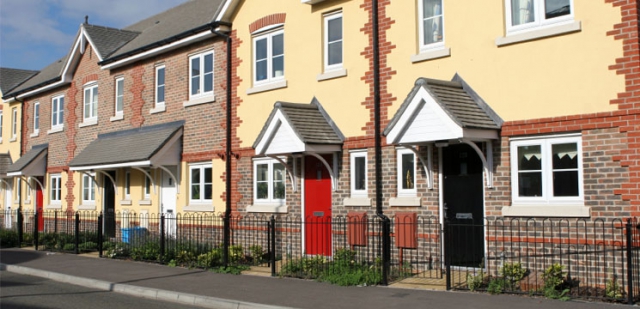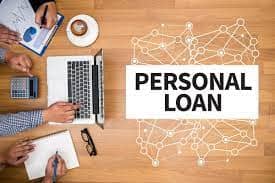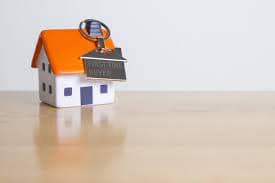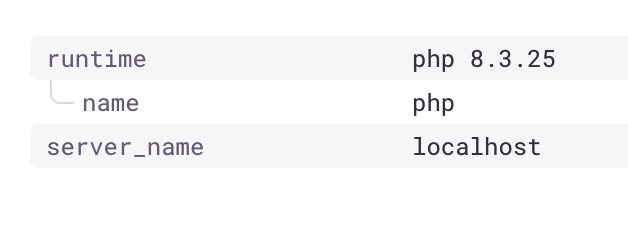Opting for a buy-to-let mortgage is a serious financial commitment, which is why you cannot afford not to read our essential guide. You may be dreaming of having a portfolio of properties and a regular monthly income that will lead you to retirement and beyond. This may be achievable, but if you are going to be relying on a buy-to-let mortgage to fund your dreams, then there are many factors to consider, not least whether you are in a financial position to manage such a loan, how you choose the right product for you and what you must know regarding tax and other buy-to-let rules.

Buy-to-let mortgages can offer the financial means to buy investment properties and offer some advantages even for those with the money to buy the properties they want outright. But they are normally interest-only and need larger deposits to secure1. They are also a major financial commitment which should never be entered into lightly. This is why we have compiled this informative guide to offer you a starting point for your considerations.
How They Work
The major difference between a buy-to-let mortgage and a residential loan is that it is the rental income that will be taken into account by the lender rather than your salary being considered as the primary income source. As a landlord, your personal income may also be taken into account by some lenders2.
Generally, most lenders want your prospective rental income to cover at least 25 per cent over your monthly interest payments on your mortgage3, and this will usually have to be independently verified. This is to ensure that you can afford periods when your property is empty and to reassure the lender.
Rules on Borrowing
Most lenders will also want at least a 25 per cent deposit, and the best deals are usually found when the loan-to-value ratio is 60 per cent or under4. It is also worth remembering that whilst interest-only buy-to-let mortgages often mean lower monthly payments, the amount borrowed is not being repaid.
The amount you can borrow will depend on your chosen lender and mortgage product, although there is a maximum of £150,000 to £1 million per property. You may also be affected by rules on the number of buy-to-lets you can own.
Buy-to-Let Specifics
It is also important to understand that you are not allowed to just rent out a property that you have bought using a standard residential mortgage, as this is likely to contravene the terms and conditions of your loan. You can ask permission from your lender, but they do have the right to refuse or to ask you to pay fees and a higher interest rate5.
The most important things to consider if you are thinking about getting a buy-to-let mortgage is that the property market can fluctuate and tenants can be hard to find. Properties also costs money to maintain, and there may be various expenses, such as agents’ fees and utility bills, which have to be paid.
Financial Warning
Whilst using borrowed money to invest can magnify returns if property prices rise, you can lose your equity and still be left with the same loan if values fall. This can leave you in a very precarious financial position, from which it may be difficult to recover from.
To ensure the greatest chance of financial success, it is also vital to choose the right buy-to-let mortgage. This is more complicated than simply comparing interest rates, however. It is important to consider additional charges, for example, and assess whether what you are getting is worth the price or whether you would be better off opting for a higher rate and no charges.
Changes to Tax Rules
Get professional advice if you are in doubt about the type of product you should choose, and ensure that you understand the tax rules in today's changing climate. It is more important than ever to ensure that you are making the most of the opportunities to claim money back and that you understand your obligations and entitlements.
The 2015 Summer Budget included plans to reduce tax relief on buy-to-let mortgage interest by preventing landlords from deducting all interest when working out profits, but what would this mean for you?
How the Changes Will Work
It was announced that mortgage interest tax relief would be gradually cut back to a level of 20 per cent between April next year and 2020. The tax liability for basic-rate taxpayers won’t be changed, however, although new profit calculations may mean they are pushed up to a higher band.
Between next year and 2018, the deduction from income will be capped at 75 per cent of mortgage costs, and the last quarter will be available as a reduction to the basic rate of tax. This will go down to 50/50 between income deduction and tax reduction between 2018 and 2019, and 25 per cent and 75 per cent the following year. By 2020 to 2021, all of the financing costs faced by the landlord will be offered as a tax reduction6.
1 MoneyAdviceService.org.uk Buy To Let Mortgages Explained
2 OnlineMortgageAdvisor.co.uk Proving Income For Buy To Let Mortgages
3 TotallyMoney.com Maximise Your Profits With A Buy To Let Mortgage
4 TheBuyToLetBusiness.com Best BTL Rates
5 GoCompare.com Consent To Let
6 MoneySupermarket.com What Are The Changes To Buy To Let Tax Relief











